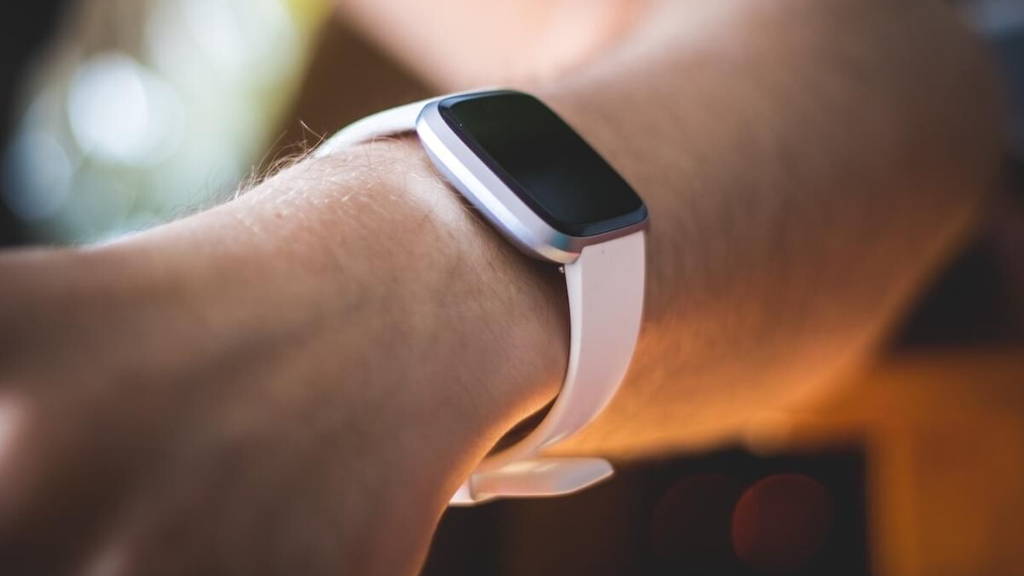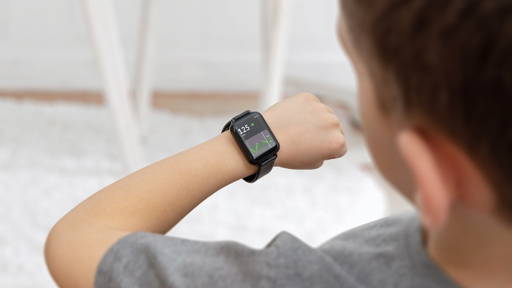That wearables, with all their built-in sensors, can make a valuable contribution to the monitoring - and (earlier) detection - of (chronic) conditions has been researched and proven many times before. A recent study looked at the potential that smartwatches can offer for monitoring and managing type 2 diabetes.
For the study, data collected, and stored, by a smartwatch about the wearer's physical activity was linked to a health app. The goal of the study was to determine whether a combination of monitoring through the smartwatch and stimulation through the app could support type 2 diabetes patients in adhering to exercise regimens. As is well known, regular, preferably daily, exercise such as walking or other sports, has a positive effect on controlling, and improving, type 2 diabetes.
Home exercise program
The study, conducted in Canada and the United Kingdom, focused on recently diagnosed type 2 diabetes patients who followed a home exercise program. Participants who used the smartwatch and app were ultimately found to be significantly more likely to exercise regularly and continue the exercise program, with an impressive 82 percent retention rate after 12 months.
The results of the MOTIVATE-T2D study, published in BMJ Open, demonstrate a range of positive health benefits, including improvements in blood sugar, systolic blood pressure and cholesterol levels. The researchers highlight the value of biometric data from wearable technologies in supporting personalized exercise programs. The use of smartwatches, with features such as 3D accelerometers and optical heart rate monitors, offers an innovative way to motivate people with T2D and monitor their health remotely.
Personalized care with digital technology
MOTIVATE-T2D uses biofeedback and data-sharing to support the development of customized exercise programs. Participants were guided by a virtual coach, who advised them on how to perform various exercises of moderate to heavy intensity.
The program was designed to promote 150 minutes of physical activity per week, which is essential for the overall health of people with type 2 diabetes. The combination of wearable technology and virtual coaching allows for flexibility in following the program without the need for a gym membership. This helps create sustainable, daily physical activity for patients, improving both physical and mental health.
Positive results
The study focused on adults between the ages of 40 and 75 who were recently diagnosed with T2D and managed their condition with lifestyle changes or metformin. The positive results highlight the potential of technology to make diabetes management more effective and personalized, which may ultimately lead to improved health outcomes and quality of life for patients with T2D.
As already indicated, the use of smartwatches and other werarables is not new. For example, in 2022, wearables were presented that allowed the measurement of diabetes patients' glucose levels without pricking. This smartwatch technology used a non-invasive sensor to provide continuous glucose monitoring. And in the same year, we saw a new app that helps women with gestational diabetes monitor their blood sugar levels and improve their health during pregnancy. The app offers personalized dietary recommendations, tracks blood sugar levels and supports goal setting while helping users make diet and lifestyle decisions.







